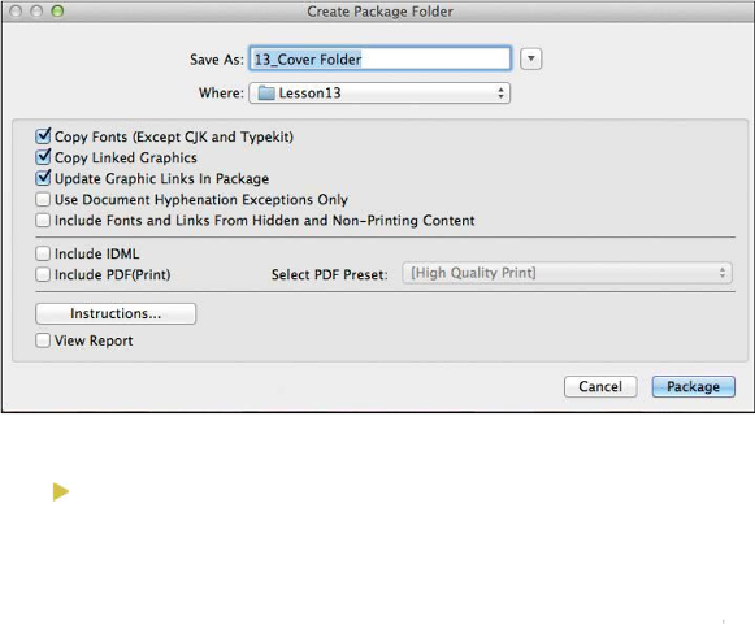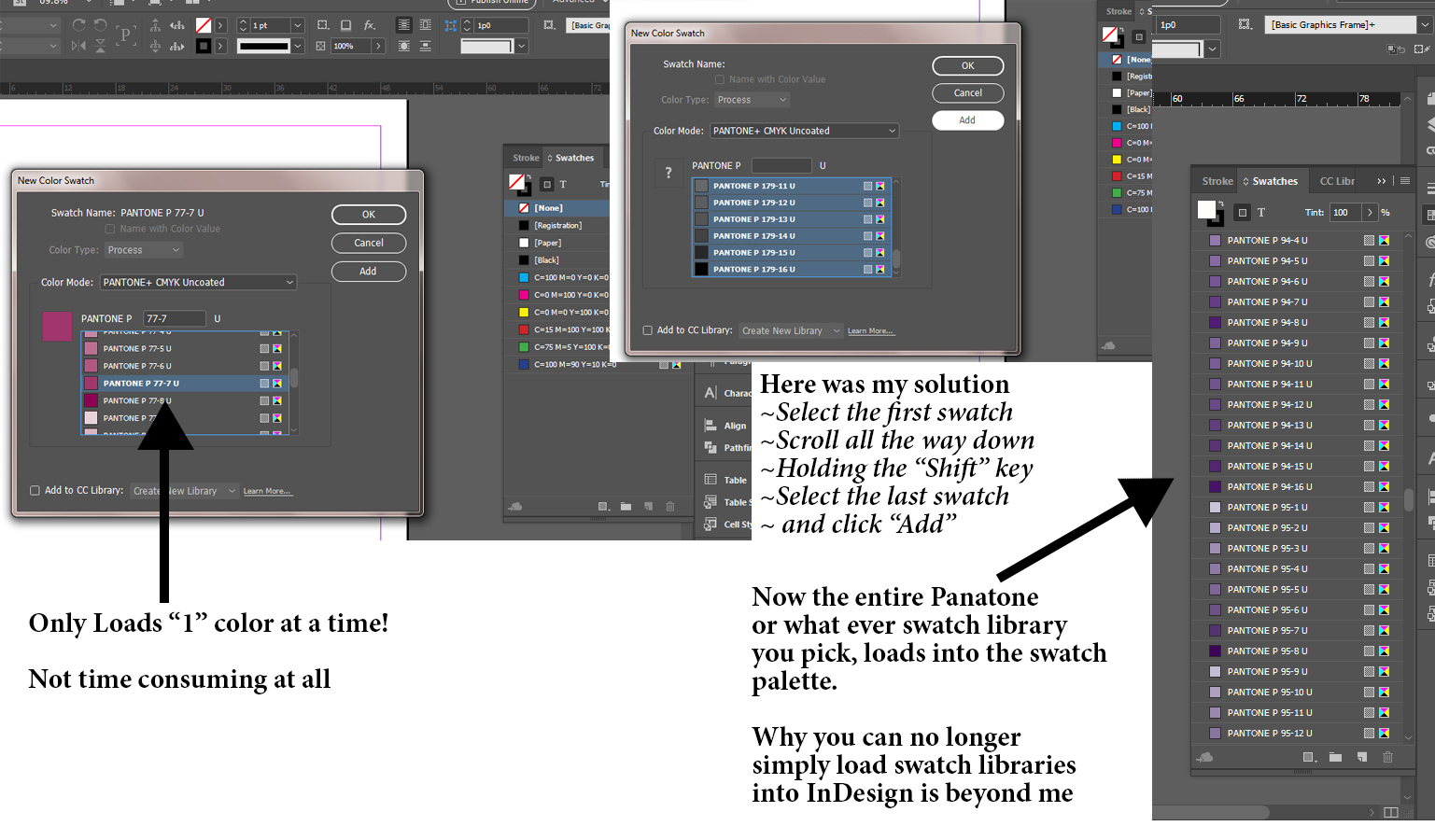
- INDESIGN HOW TO FIND DUPLICATED LINKS PDF
- INDESIGN HOW TO FIND DUPLICATED LINKS CODE
- INDESIGN HOW TO FIND DUPLICATED LINKS PLUS
(In future output, I won’t need to do that the files will just use main.css.)

In succeeding exports, I used the HTML export dialog box to tell InDesign both to generate a stylesheet from the styles used on the page and to use main.css. Consequently, the idGeneratedStyles.css varies from exported file to exported file depending on which styles the file used.Īfter I exported the first file, I copied idGeneratedStyles.css to a CSS directory and renamed the file main.css. In that directory is a directory named CSS, and in the CSS directory, the export process puts a stylesheet named idGeneratedStyles.css based on the styles from your InDesign stylesheet.Īll my pages use the same InDesign stylesheet definitions but not every page uses all styles. I could do a search-and-replace on the exported HTML files in Dreamweaver for -web-resource. Thus, each hyperlink that InDesign would create would be in the form I didn’t find any.īy good fortune, I had adopted a file naming convention for the book that began each file name with api_. Doing this process manually also allowed me to see if there were any cases where my method wouldn’t work for me. Note: There may be a script way of duplicating the cross-references with Hyperlinks I didn’t spend the time trying to create one. It would be the work of a day or so, but once done, all those links would be in place. There were several hundred cross-references in the whole document, but I could manually duplicate each one with a URL Hyperlink. That is, it prefixes your file name with and produces an The window is intended as a way for you to insert a hyperlink into a PDF, and it has some restrictions on the choices in the Link To pulldown. The issue was how to create the hyperlinked cross-references between HTML files living in the same directory - all those “See Alsos.” InDesign Already Creates HTML HyperlinksĪfter confirming that InDesign does not output cross-references as usable links and only as empty hrefs, I turned to InDesign’s Hyperlinks window. I had no control over where in their server structure the client would choose to put the HTML and CSS - only the relationship of one to the other. As is generally customary, all the HTML files would live in the same directory, and the CSS would live in a different directory at the same hierarchical level as the HTML files. The guide was acceptable as a PDF, but the client wanted an HTML rendition of the same document. The document is loaded with “See Alsos” implemented as cross-references, each “See Also” pointing at a separate file.
INDESIGN HOW TO FIND DUPLICATED LINKS PLUS
I created a substantial API document for a client, consisting of over 100 files, plus table of contents and a multi-page index. html is a design decision on their part, and I won’t debate it.īut I can show you how to get around it. Why Adobe could not fill the href with the filename +.


It also happened to be the name of the target file. That empty is what remains of the cross-reference bookmark, and that spanned-and-bold GetData is the text of the linked paragraph - in this case, a level-1 head that began the file that was being linked-to.

INDESIGN HOW TO FIND DUPLICATED LINKS CODE
indd file that contains a cross-reference as HTML, and you’ll see HTML code that looks something like this:
INDESIGN HOW TO FIND DUPLICATED LINKS PDF
One of the things that InDesign does not do is preserve those PDF cross-references when you output the file to HTML. InDesign also does a creditable job of automatically outputting an HTML file and a CSS, although you must do this output file-by-file, even when you’ve gathered these files together into an InDesign book. You can use Adobe InDesign to output cross-references in both PDF and HTML files and maintain both outputs using the same source material.Īdobe InDesign does an exceptional job of helping you create file-to-file cross-references when you prepare a book for export to PDF.


 0 kommentar(er)
0 kommentar(er)
